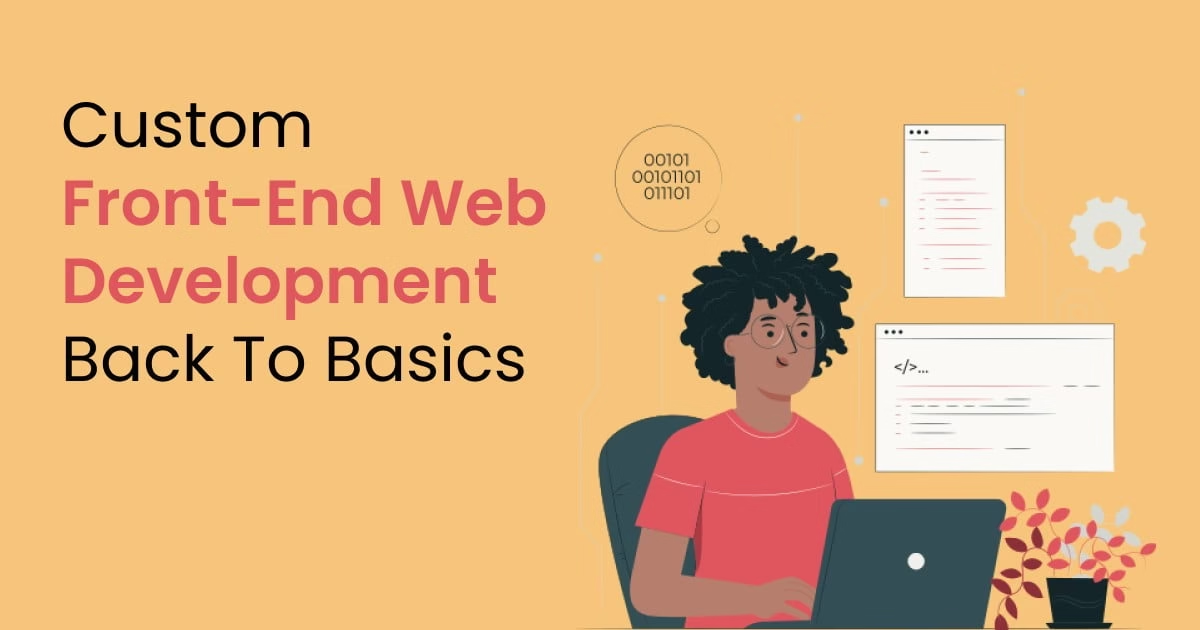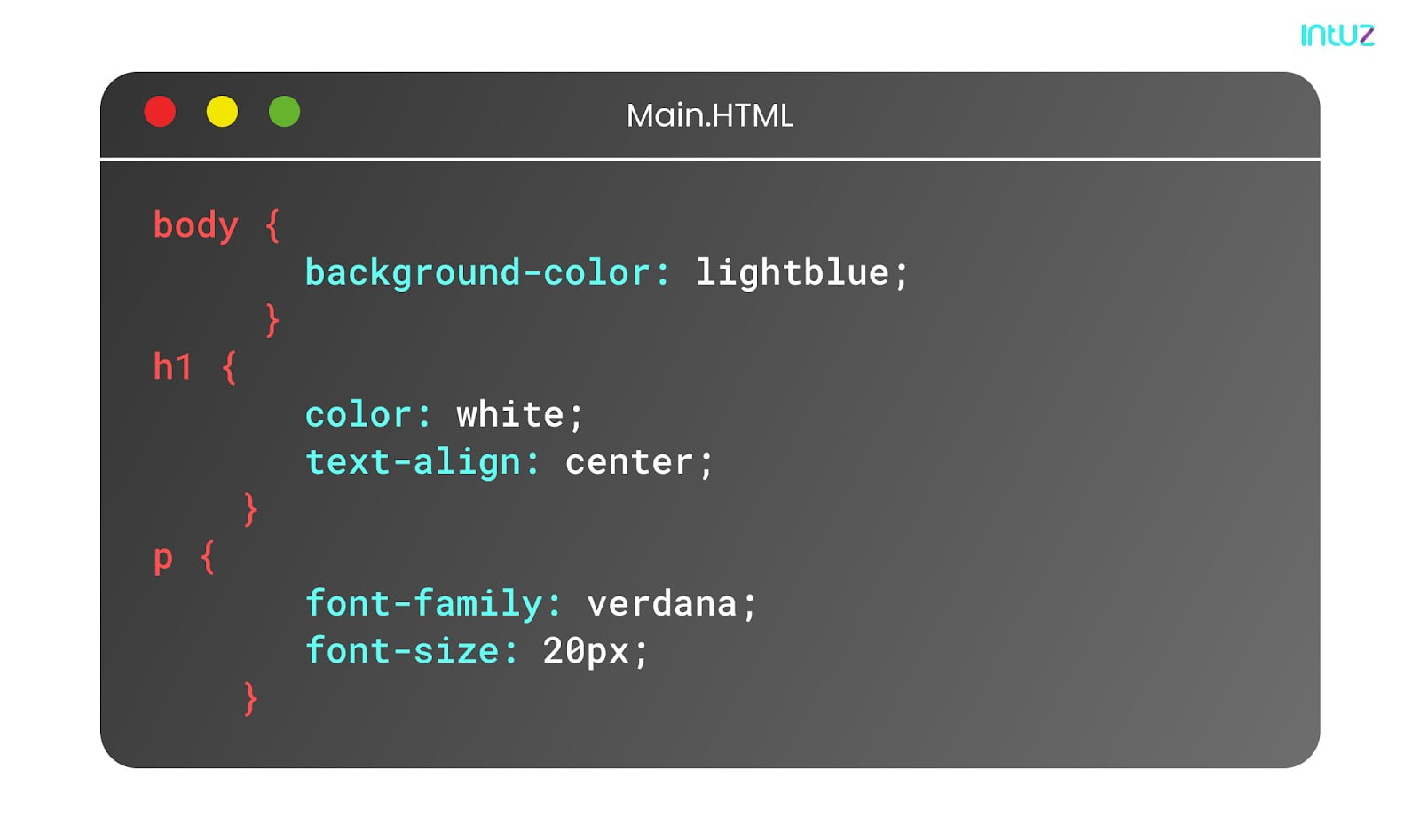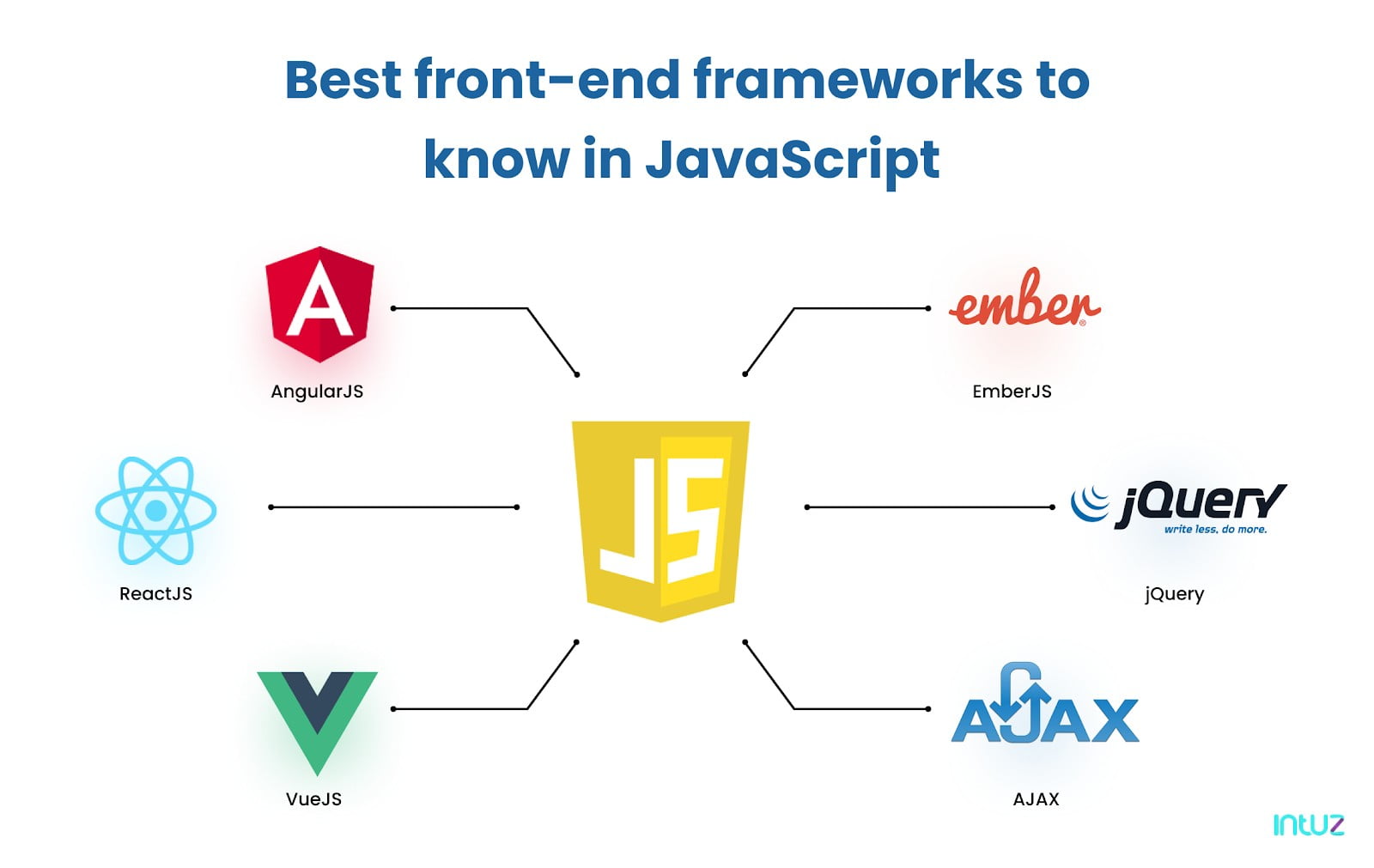
Ever since the internet came into existence in 1983, nothing has ever been the same. From dial-up connection and AOL to Google Chrome and IoT, the internet has completely integrated into our lives. We are not complaining!
But what has grown exponentially is the number of websites globally, which currently stands at 1.74 billion. The work that goes into creating a website for the internet from scratch is called custom web development.

While the term refers to web markup and coding, it also includes related tasks such as server-side scripting, server, and network security configuration, client-side scripting, content management system (CMS) development, and eCommerce development.
Custom web development in numbers
Influencers worldwide and industries cannot emphasize enough the importance of a well-developed web application and how it directly correlates to a business’ quality. Here are a few statistics:
- The number of web developers in the US currently stands at 23 million.
- Time an internet user requires to form an opinion about a website is 0.5 seconds.
- Annual losses due to a slow-loading website account for $2.6 billion.
From PWA and AMP to voice search optimization and motion UI to AI-powered chatbots and API-first development, the world of custom web development has graced us with new trends YoY.
This article is about the front-side or client-side of a website that you see and interact with as an internet user, i.e., front-end web development services.
What is front-end custom web development exactly?
When website information gets transferred from a server to a browser, front-end coding languages enable the website to perform without having to interact with the internet continuously. That is called front-end web development services.
Front-end vs. backend: the difference
While front-end web development services implement visual elements that the internet users see and interact with on a web application, backend web development supports server-side application logic. Meaning, the code connects the internet to a database, manages user connections, and powers the web application itself.
What tasks do front-end developers do?
A front-end developer is what most people probably think of as a “web developer.” But that is not it. They are well-versed in HTML, CSS, and JavaScript, and some of the front-end jobs include designing web applications, UI and UX.
Professionals who work with specific front-end languages such as JavaScript are also called front-end web developers. Their primary responsibility is to ensure all elements of the web creation are consistent. This requires excellent interpersonal and communication skills. Here is a list of the tasks they do:
- Put together the web pages’ structure and design
- Develop features to enhance UI and UX
- Ensure the web application is responsive
- Build a repository for reusable source codes for future use
- Optimize the web application for scalability and maximum speed
Basics of five best front-end frameworks
1. HTML – the necessary front-end technology
A vital building block of custom web app development, HTML, or Hypertext Markup language is the first layer present in any website and is used to create the code version of a web page’s wireframe. It is the markup making all elements we see on a website.

How does it work?
HTML comprises a series of shortcodes typed into a text-file by full-stack JavaScript developers, which is saved as an HTML file and accessed through a browser. The browser converts the text-file into a visible form, rendering the page in a readable format as the full-stack JavaScript developer had intended.
HTML informs the browser which part of the web page is a header or footer, where images, graphics, and videos are placed, where the paragraphs belong, and so on.
HTML tags
If you used earlier websites such as MySpace, you had the flexibility to customize the web page with commands inside <>. These angel-bracketed commands are called HTML tags, and they are a common component of HTML.
Today, when you view a text deadline on a website, followed by a series of paragraphs, the web browser can tell the formatting difference because each paragraph and headline has its HTML tag, which looks like this:
<h1>This is a headline</h1>
<p>This is a paragraph</p>
Tags are used to mark up the beginning of an HTML element, as shown above.
HTML5
HTML5 is the fifth and latest major HTML version, which is used to structure and present content on the internet. It is more mobile-friendly and simplifies character coding on the front-end.
Unlike HTML, it allows JavaScript to work in the background and uses SQL databases and application cache to store offline data. HTML5 also supports audio and video controls with the use of <audio> and <video> tags.
2. CSS – style your website conveniently
Cascading Style Sheets dictate the representation of HTML elements on a web page. CSS infuses visual appeal and defines web page styles that include the layout, design, and display variations for different screen sizes and devices.

It saves a lot of time as it keeps all style definitions in external .css files, which means that with an external stylesheet file, you can change the look of an entire website by editing just one file.
CSS pre-processes support programming logic in custom web development and consolidate styling through usability and scale up to accommodate large websites such as Groupon or NBCUniversal.
The code structure of CSS
CSS can be used in the HTML documents in three ways:
- Internally, by using a <style> element in the <head> section
- Externally, by using a <link> element to link an external CSS file
- Inline, by using the style attribute inside HTML elements
Best front-end frameworks of CSS
A CSS framework is a library that allows for more standards-compliant and more straightforward web design implementing CSS. Most of the CSS frameworks contain a grid, and some also come with additional JavaScript-based functions.
CSS frameworks offer different tools and modules, including:
- Web typography
- Styling for buttons, elements of forms, and tooltips
- Reset stylesheet
Two notable examples of CSS frameworks are Foundation and Bootstrap.
3. DOM – structure your web pages
DOM or Document Object Model is a programming interface for XML and HTML documents and is responsible for changing the document style, structure and content. The DOM represents the documents as nodes and objects, enabling the programming languages to connect to the web pages.
How it works
The DOM is built using multiple APIs working together. The core DOM defines the objects describing a document and the objects within it. The structure expands as new features and capabilities of other APIs are added to the DOM. The DOM standards are implemented in most modern browsers such as Chrome, Mozilla, and Safari.
4. JavaScript – enliven your website
JavaScript is the most common programming language for web browsers. That means when you open a web page, it will automatically load the foundational JavaScript, standard with the web page, and any new JavaScript added to it.
JavaScript is different from backend languages like Ruby or Java because it is visible to the internet user and not compiled ahead of time to run secretly behind the curtains. The full-stack JavaScript developers use the programming language in many different ways, one of which is doing the field validation in a form.
When websites gather information from users in online forms, JavaScript helps validate the entries. The programming language is also used to create calculators, including MegaConverter, Personal Finance calculators, and RPN calculators.
Best front-end frameworks to know in JavaScript

a. AngularJS
This is a free, open-source framework that expands the HTML vocabulary and gives an environment to the full-stack JavaScript developer that is readable, expressive, and easy to develop.
b. VueJS
This is one of the best front-end frameworks released in 2014 and is an MIT-licensed open-source framework. Vue.JS uses MVVM architecture and is lightweight, which makes it relatively easy to implement.
c. EmberJS
This is one of the most popular best front-end frameworks of JavaScript that utilizes a component-service pattern to create scalable single-page web applications.
EmberJS integrates best practices, patterns, and common idioms from other web app ecosystems with the framework.
d. ReactJS
A leading JavaScript framework, this was created by Facebook for helping the full-stack JavaScript developers build user interfaces. It performs optimization while drawing up code to JavaScript, which is why it is so fast. It is completely automated and can handle the JavaScript code, making it perfect for all kinds of browsers.
e. jQuery
It helps simplify HTML DOM tree manipulation and traversal and can leverage event handling and animation. jQuery is CSS3-compliant. Used by multiple browsers and operating systems, jQuery is free, open-source software that uses the permissive MIT License.
5. AJAX – communicate transparently with the backend technology
AJAX or Asynchronous JavaScript and XML are a group of existing technologies that build modern web applications. With the help of AJAX, the browser can communicate with the server and request data. Then, it processes the server’s response and makes changes to the web page without having to reload it fully.
The meaning behind the acronym
- “Asynchronous” stands for transmitting data, often without any external element’s use. In custom web development, when the client requests data from a web server, it doesn’t freeze until the server replies and allows the user to navigate the web pages.
- “JavaScript” is the language that represents the AJAX request, passes on the response, and updates the DOM.
- “XML” is a markup language that represents the rules for encoding documents in a way that is readable by both machines and humans.
How does it work?
AJAX allows the web pages to update asynchronously by exchanging small data amounts with the server behind the curtain. It is like when you scroll down on your Facebook feed, new content appears thanks to AJAX.
Or when you upvote an answer on Quora, an AJAX call is triggered. That shows it is possible to update parts of a web page without reloading it.
Wrapping it up
Everything that an internet user views, clicks on, or interacts with on a website or web application is the work of a full-stack JavaScript developer. This requires them to be both tech-savvy and creative.
The focus on custom web development is on user experience, and how developers accomplish that with speed, efficiency, and convenience is something worthwhile. They also make sure the front-end does not have any errors or bugs.
So if you need assistance with that, hire front-end web developers today, and give your website a much-deserved overhaul.